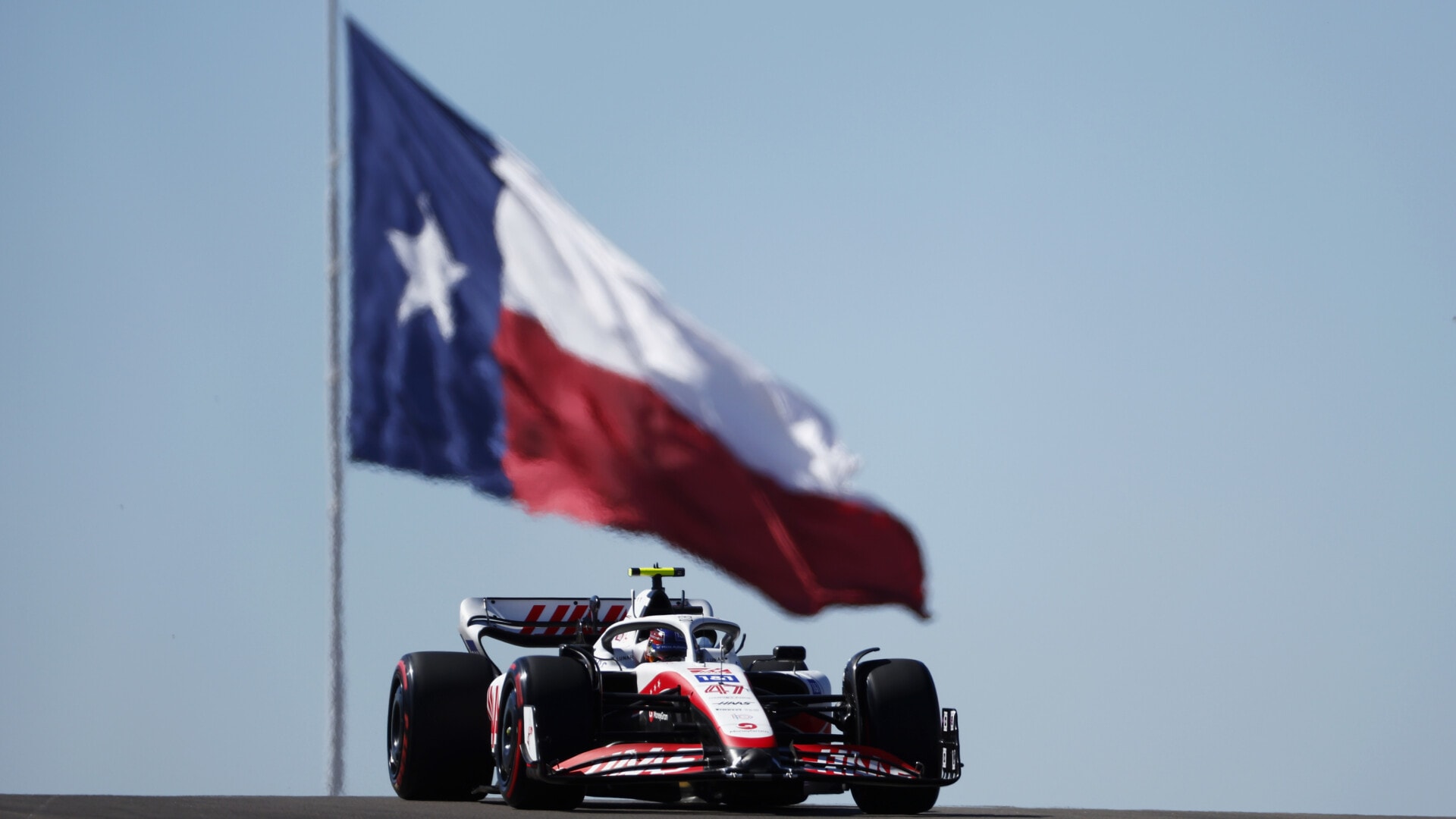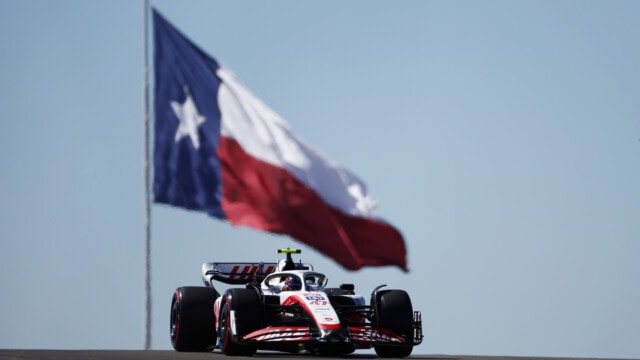How Long Will F1 Be In Austin?


You may have been wondering, how long will F1 be in Austin, especially with the buzz surrounding the United States Grand Prix (USGP) at the Circuit of the Americas (COTA).
Formula One will remain in Austin at least until the end of 2026.
In this article, we’ll delve deep into the significance of the United States Grand Prix in the world of motorsport, the history and allure of the Circuit of the Americas in Austin, Texas, and what the future holds for F1 racing in the region. From the roaring engines to the iconic drivers and the strategic nuances of the race, we’ll cover it all. Whether you’re a die-hard F1 fan or just curious about the hype, this comprehensive guide will provide you with all the insights you need.
A Detailed Explanation of F1’s Presence in Austin
The Allure of the Circuit of the Americas (COTA)
The Circuit of the Americas, commonly referred to as COTA, is not just any race track. Located in Austin, Texas, it’s the premier destination for motorsport in the United States. Since its inception, COTA has been the home to the United States Grand Prix, drawing fans from all over the world. The circuit’s design is a testament to the essence of Formula One racing, combining fast straights with challenging corners, making it a favourite among both drivers and fans.
The Legacy of the United States Grand Prix (USGP)
The United States Grand Prix (USGP) has a rich history that spans over a century. The event began as early as 1908, known then as the American Grand Prize. Over the years, it has been a part of the prestigious Formula One World Championship. As of 2022, the Grand Prix has been organized 51 times across ten different locations. Since 2012, the race has found a consistent home at the Circuit of the Americas in Austin, Texas, with the exception of 2020 when it was canceled due to the COVID-19 pandemic.
The early days of the USGP were marked by the Vanderbilt Cup, inspired by European races. The event faced challenges, including crowd control issues leading to spectator injuries and even deaths. The race’s legacy includes the Grand Prize era, which saw the event move to various locations, including Savannah, Long Island, Milwaukee, Santa Monica, and San Francisco. The Grand Prize was discontinued after 1916, with the Indianapolis 500 maintaining a connection to European racing.
In the modern era, the USGP has been held at various venues, including Riverside, Sebring, and notably Watkins Glen, which hosted the event for 20 years. Watkins Glen became known as the “Mecca” of American road racing. However, by the late 1970s, the track began to deteriorate, leading to its eventual discontinuation as the USGP venue in 1980. The Grand Prix then moved to Phoenix in the late 1980s, but the street circuit there was not popular among drivers.
Throughout its history, the USGP has seen thrilling races, championship deciders, and has been a significant part of the Formula One calendar. The event has not only showcased the best of motor racing but has also reflected the challenges and evolution of the sport over the years.
The Impact on Austin and the Broader F1 Community
Austin, often known for its vibrant music scene and cultural festivals, transforms during the Grand Prix weekend. The city buzzes with excitement, with events, parties, and fan gatherings. The economic and cultural impact of the race on Austin is profound. Moreover, the presence of F1 in Austin has significantly boosted the sport’s popularity in the United States, bridging the gap between European-dominated F1 racing and American motorsport enthusiasts.
The Intricacies of Formula One Racing
The Role of Teams and Drivers
In the world of Formula One, teams and drivers are at the heart of the action. Teams like Ferrari, Mercedes, and Red Bull Racing are household names, each bringing their unique strategies, technologies, and flair to the track. Within these teams, drivers such as Lewis Hamilton, Max Verstappen, and Fernando Alonso showcase their skills, pushing the limits of what’s possible in motorsport. Each driver’s style, combined with the team’s strategy, plays a crucial role in determining the outcome of the race. For instance, a team might opt for a two-pit stop strategy, banking on fresher tyres in the latter stages of the race, while another might go for a single stop, prioritising track position.
Understanding Race Strategy and Pit Stops
Race strategy is the backbone of any Grand Prix. It’s not just about speed; it’s about timing, tyre management, fuel conservation, and anticipating opponents’ moves. The pit stop, for example, is a ballet of precision. In mere seconds, a team of mechanics refuels the car, changes tyres, and makes crucial adjustments. The timing of these pit stops, often determined by tyre wear or external factors like safety car deployments, can make or break a race. A well-timed pit stop can catapult a driver from the middle of the pack to a podium position.
As well as all the action on the track, there is plenty of off-track action for fans who want to add a bit more spice to their F1 viewing. There are several types of betting options available for F1 fans, from outright winner to fastest lap and more. Utilizing bonuses like the Caesars promo code may give you an initial boost by providing some free bets or other benefits. It’s important to take advantage of these opportunities, but they should not be your only criteria for placing a bet.
The Significance of Circuit Length and Track Features
Every F1 circuit, from Watkins Glen to Phoenix, has its unique characteristics. The Circuit of the Americas, for instance, boasts a combination of high-speed straights and challenging corners, testing both the driver’s skill and the car’s capabilities. Factors like circuit length, elevation changes, and track surface play into how teams set up their cars. A longer track might favour cars with a higher top speed, while a circuit with many tight corners would benefit cars with good downforce and handling. Understanding these nuances is key to appreciating the depth and complexity of Formula One racing in Austin and beyond.
The Evolution of Formula One in the U.S.
The Historical Significance of Watkins Glen and Phoenix
Watkins Glen and Phoenix hold special places in the annals of U.S. Formula One history. Watkins Glen, located in New York, was the home of the United States Grand Prix for over two decades, from 1961 to 1980. The track, with its challenging layout and picturesque setting, became synonymous with F1 racing in America. On the other hand, Phoenix, with its street circuit layout, hosted the Grand Prix from 1989 to 1991. While its tenure was short-lived, it showcased the adaptability of F1, bringing high-speed racing to the heart of an American city.
The Role of the FIA and the World Championship
The Fédération Internationale de l’Automobile (FIA) is the governing body of motorsport worldwide, and its role in the evolution of the United States Grand Prix cannot be understated. The FIA not only sets the regulations and standards for races but also ensures the safety and fairness of the competition. The World Championship, which the United States Grand Prix is a part of, is a testament to the global appeal of F1. Races are held across continents, with each Grand Prix contributing to the overall championship standings for both drivers and constructors.
The Modern-Day Relevance of the Formula One Calendar
The Formula One calendar is a meticulously planned schedule of races held across the globe. From the streets of Monaco to the night race in Singapore, each Grand Prix brings its unique flair. The inclusion of the United States Grand Prix in Austin in this calendar signifies the importance of the American audience to the world of F1. As the sport continues to evolve, the calendar serves as a reflection of its global reach, with races in new countries and circuits being added, ensuring that F1 remains the pinnacle of motorsport.
How long will F1 be in Austin? – Final Thoughts
As you’ve journeyed through the world of Formula One in Austin, it’s evident that the sport is much more than just fast cars and thrilling races. It’s a tapestry of history, strategy, and global collaboration. From the iconic tracks of Watkins Glen and Phoenix to the modern marvel that is the Circuit of the Americas, the United States has played a pivotal role in shaping the narrative of F1. As the engines roar and the lights go out at the start of each United States Grand Prix, remember that you’re witnessing a chapter in a storied legacy. Here’s to many more thrilling races and unforgettable moments in the heart of Texas!





